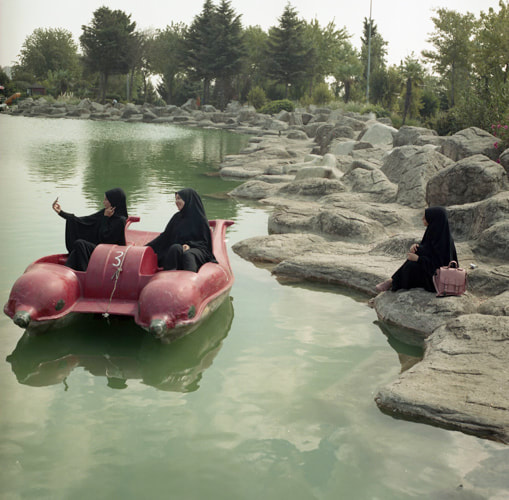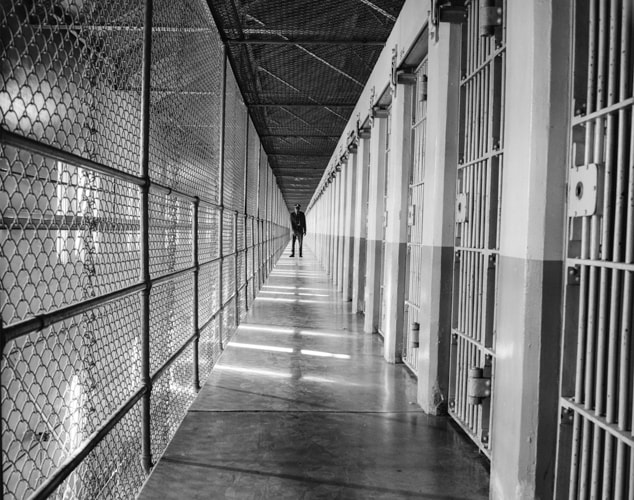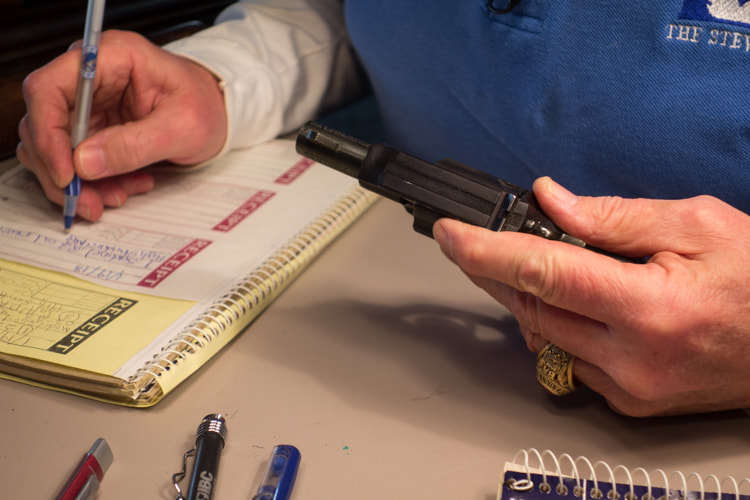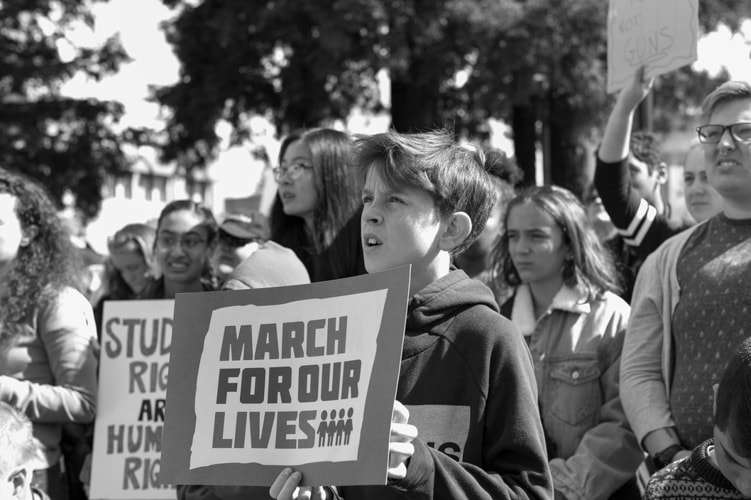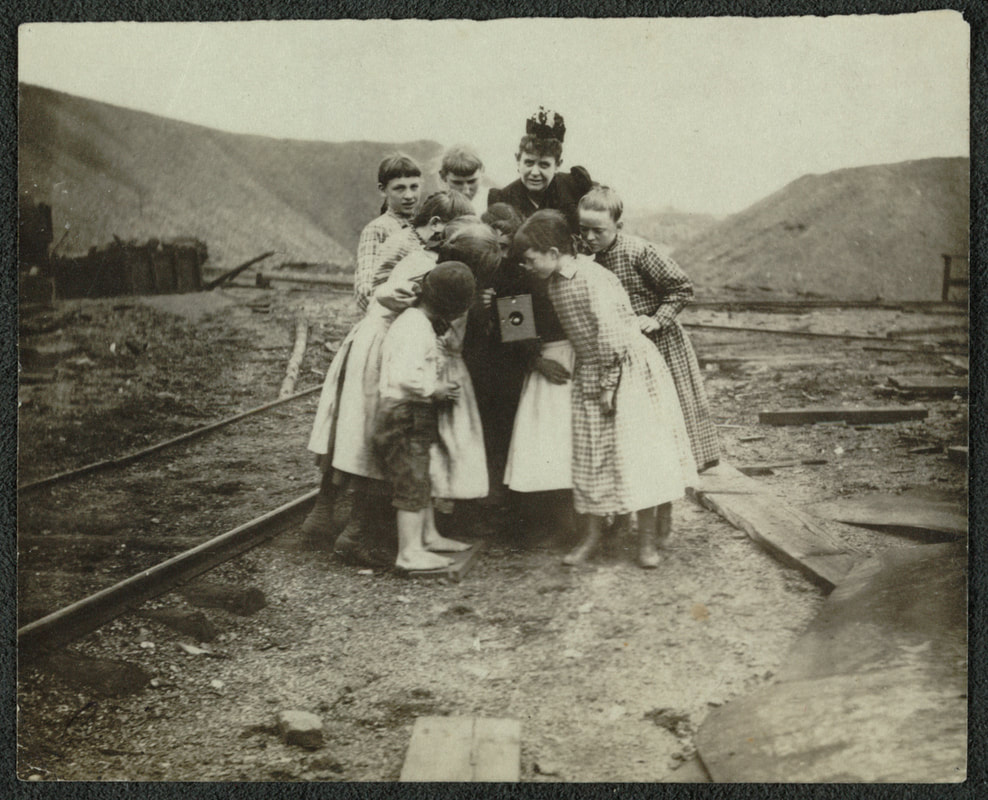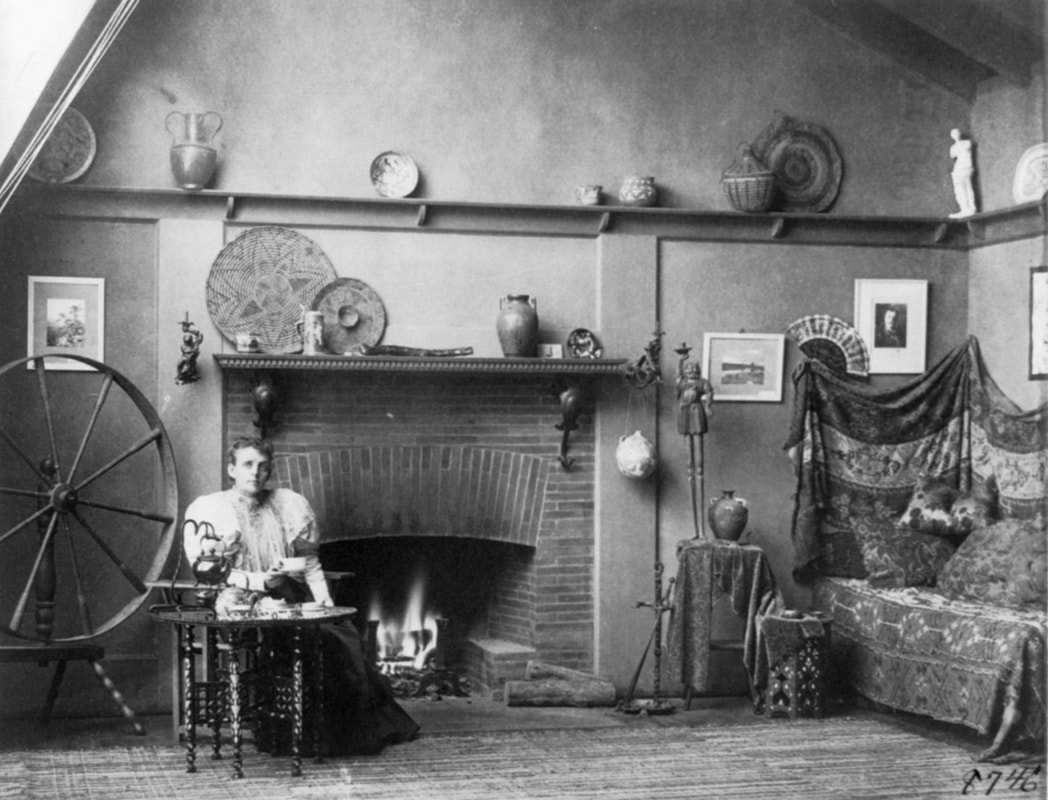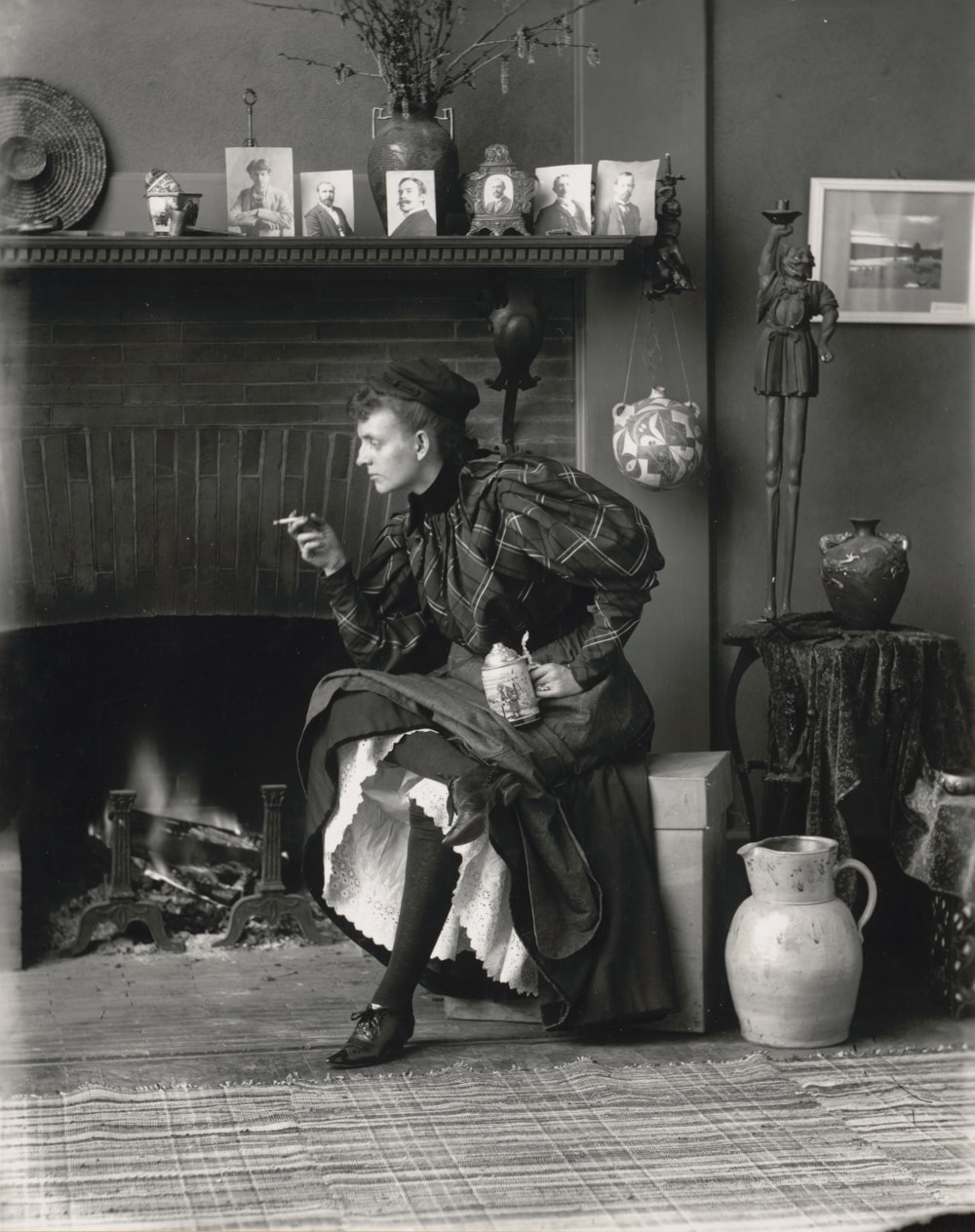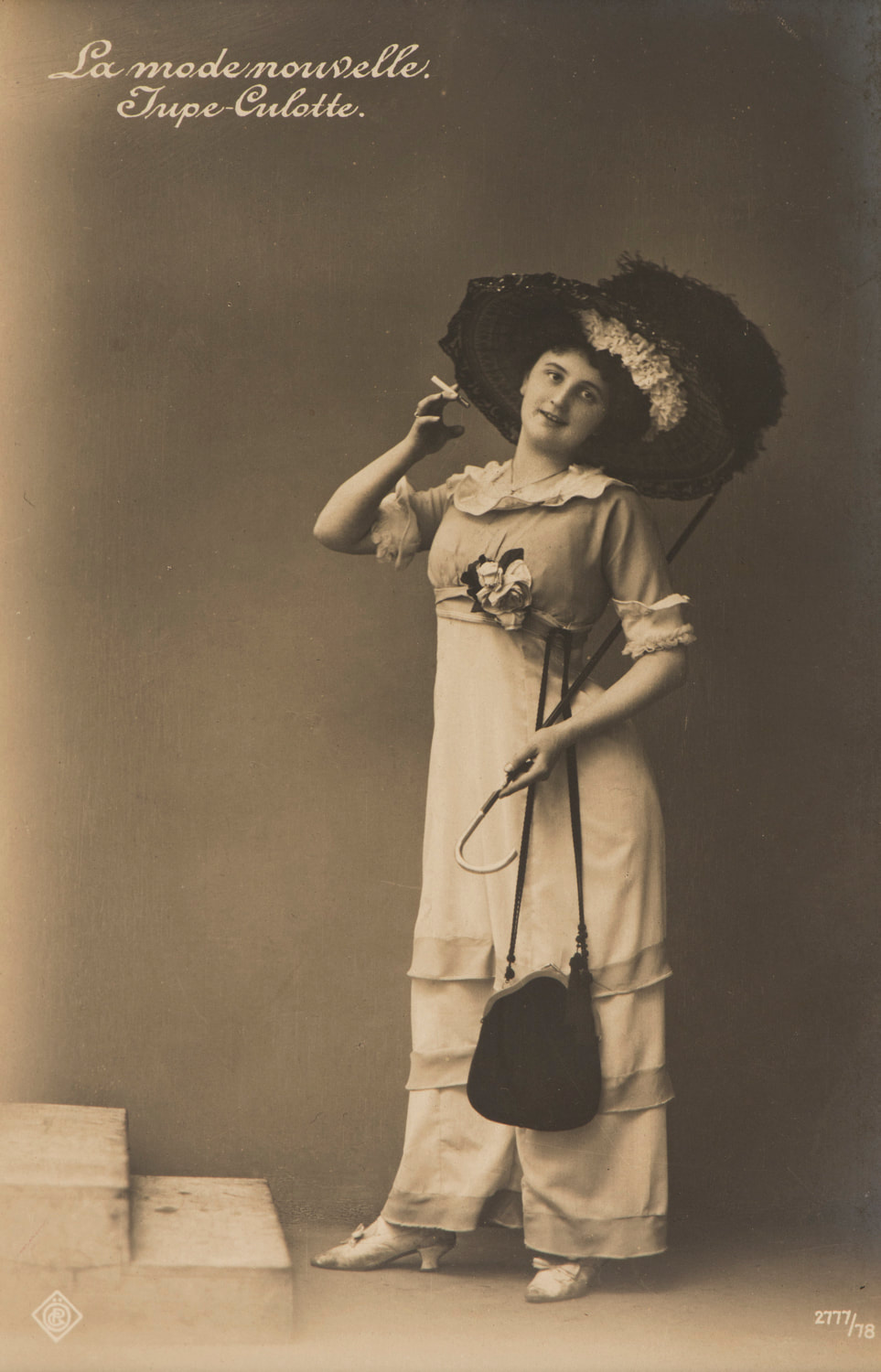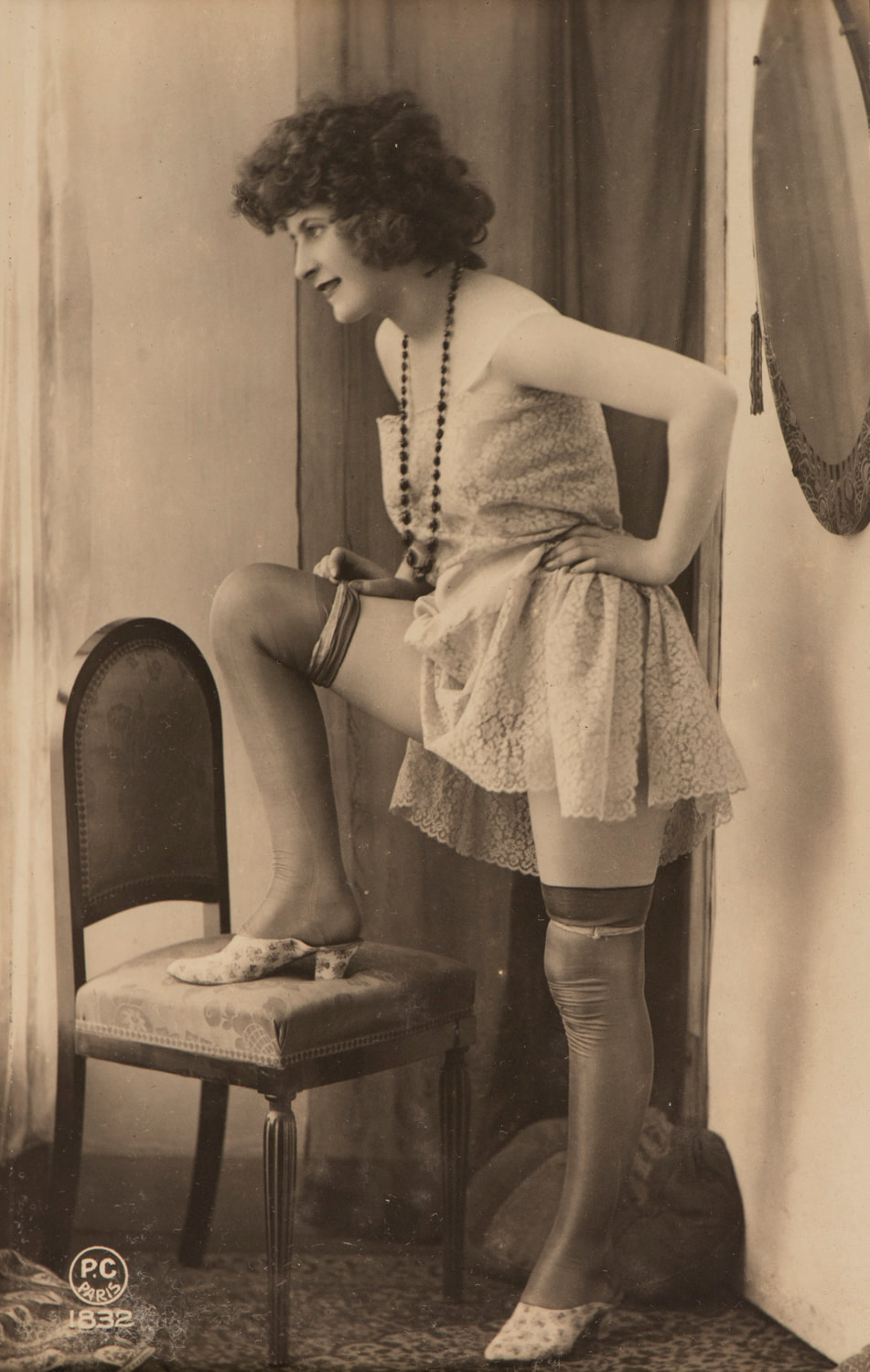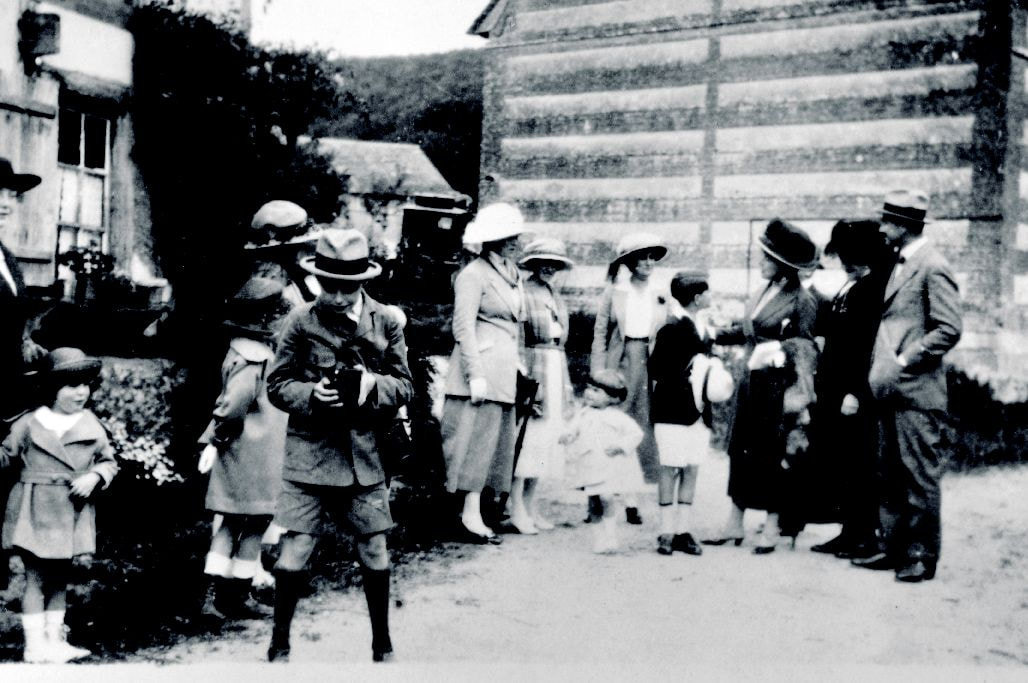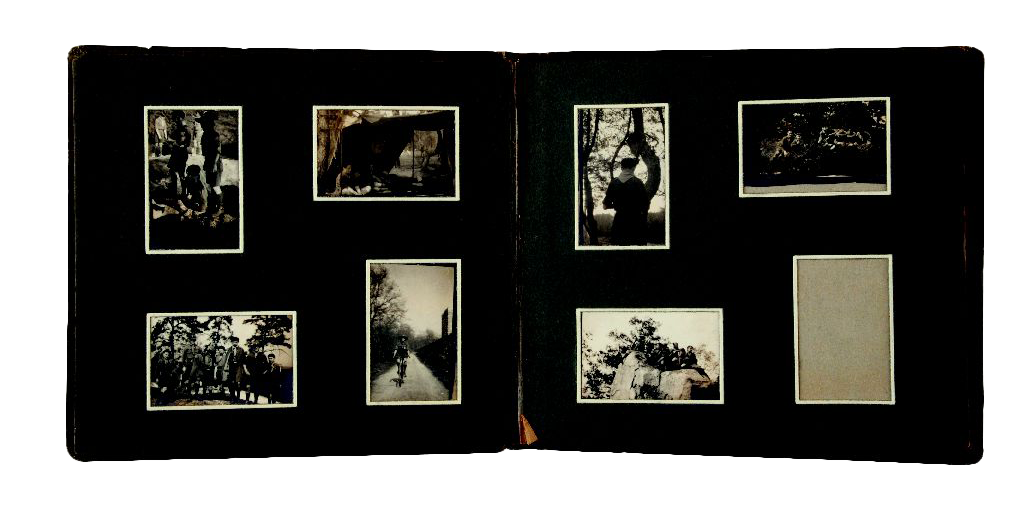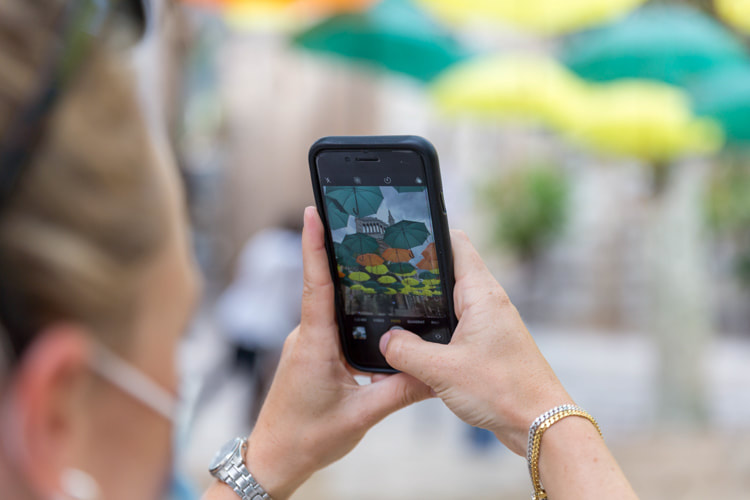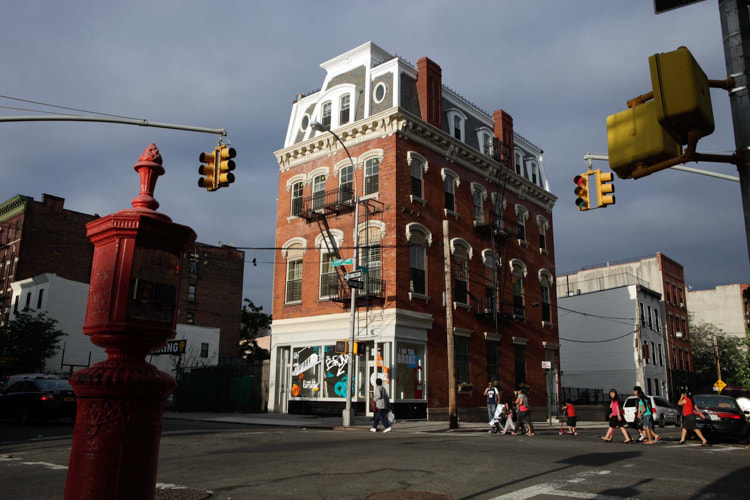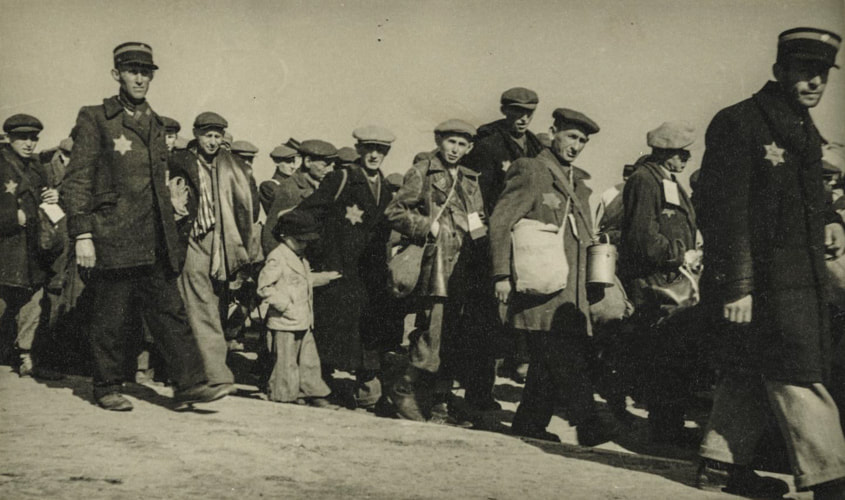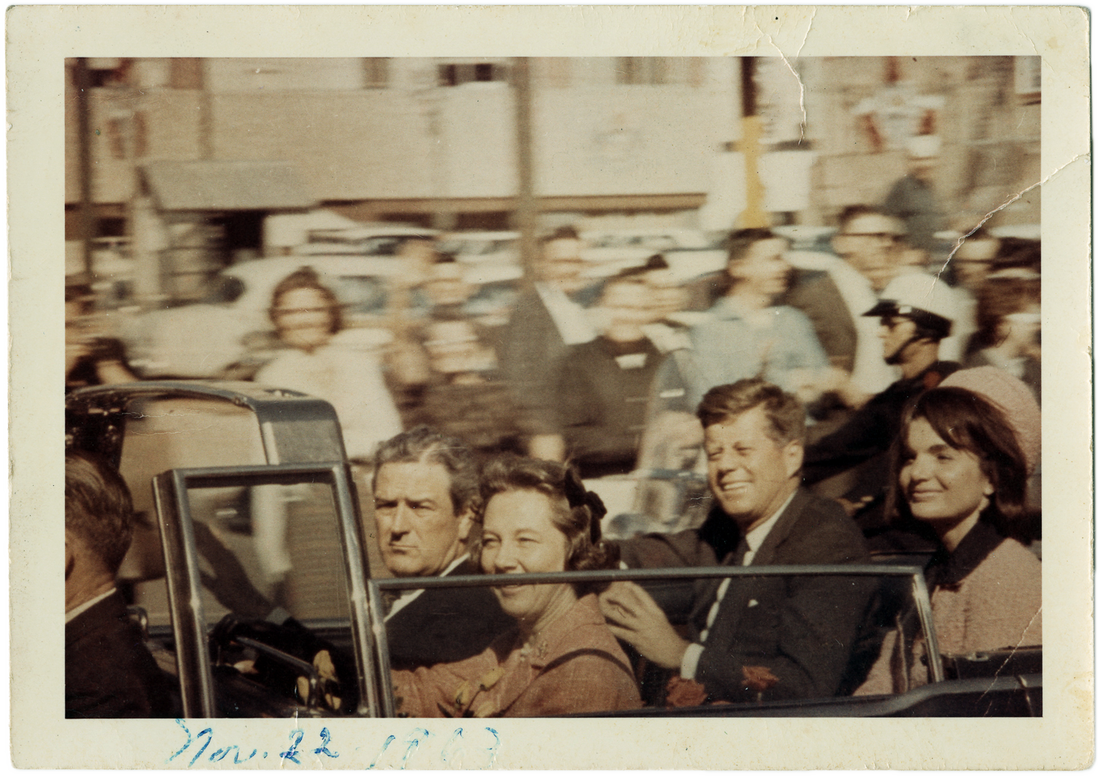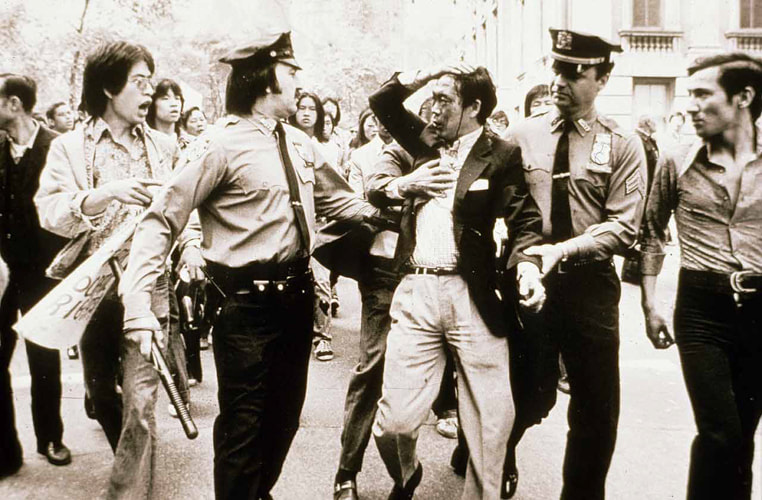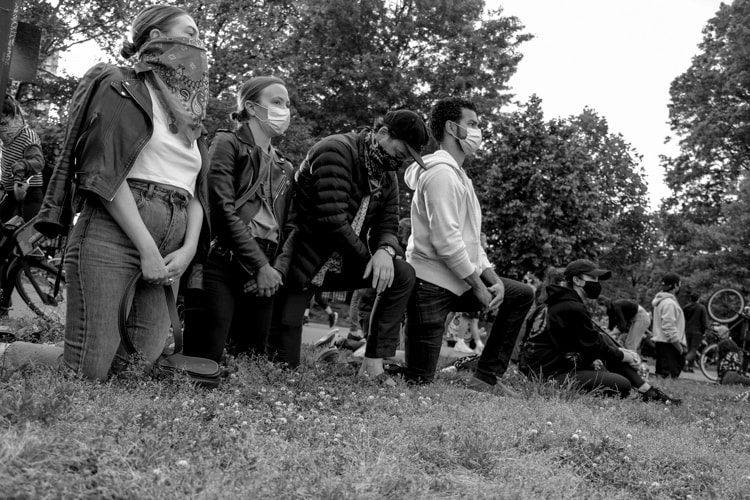1 Pager settings
- Introduction
- Looking for Truth in a Digital Age
- Democratization of the Camera
- Citizen Journalism
- Education
- Manipulation
- Advocacy
- Community
- Concerned
- Citizen
- Culture
- Abstraction
- Abstraction
- Section name
- Section name
- Section name
- Section name
- Section name
- Section name
- Section name
- Section name
- Section name
- Section name
- Section name
- Section name
- Section name
- Section name
- Section name
- Section name
- Section name
SPRING 2021
Black Lives Matter Protest, New York City, May 29, 2020. © Fanta Diop / Bronx Documentary Center

